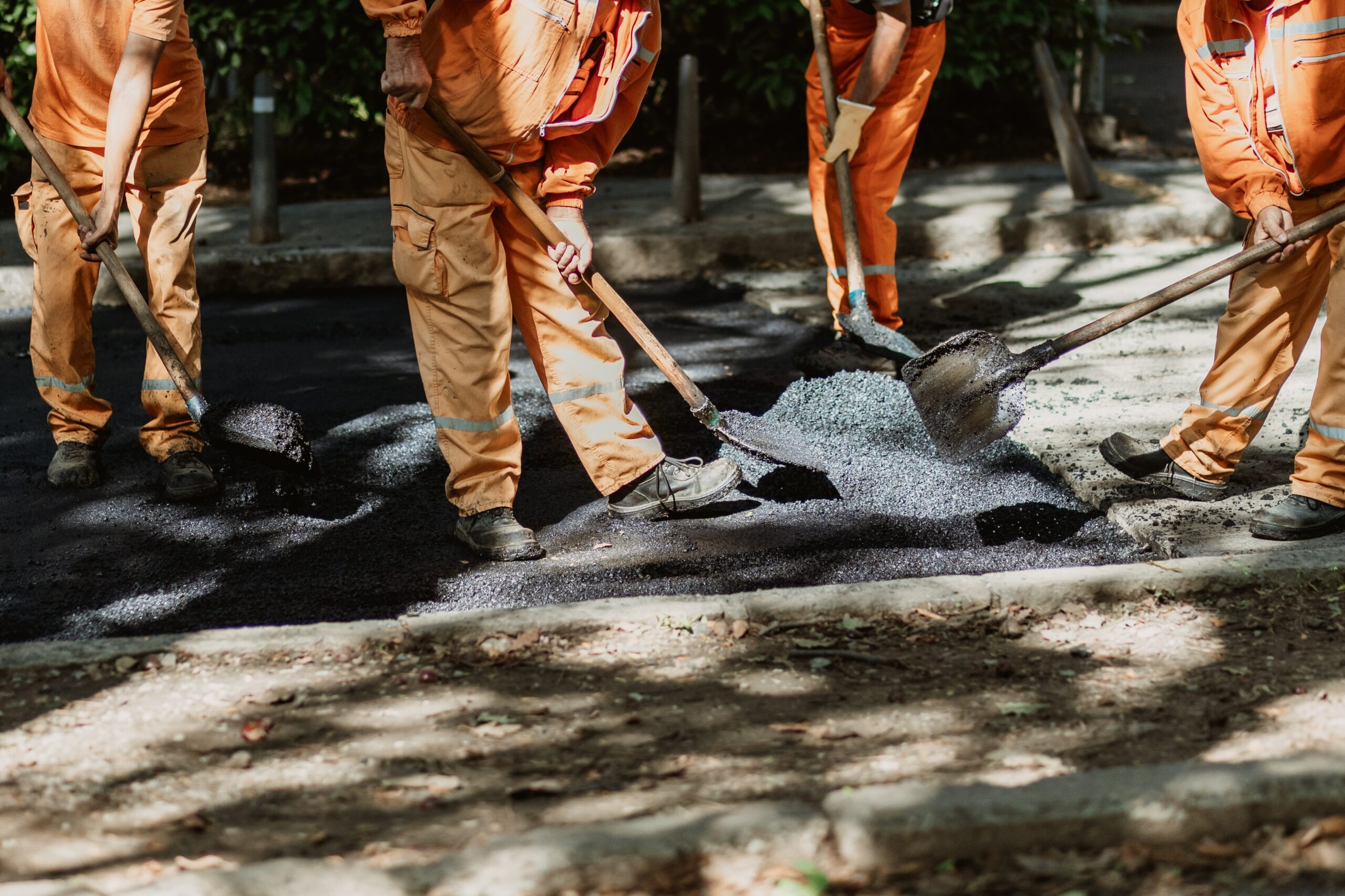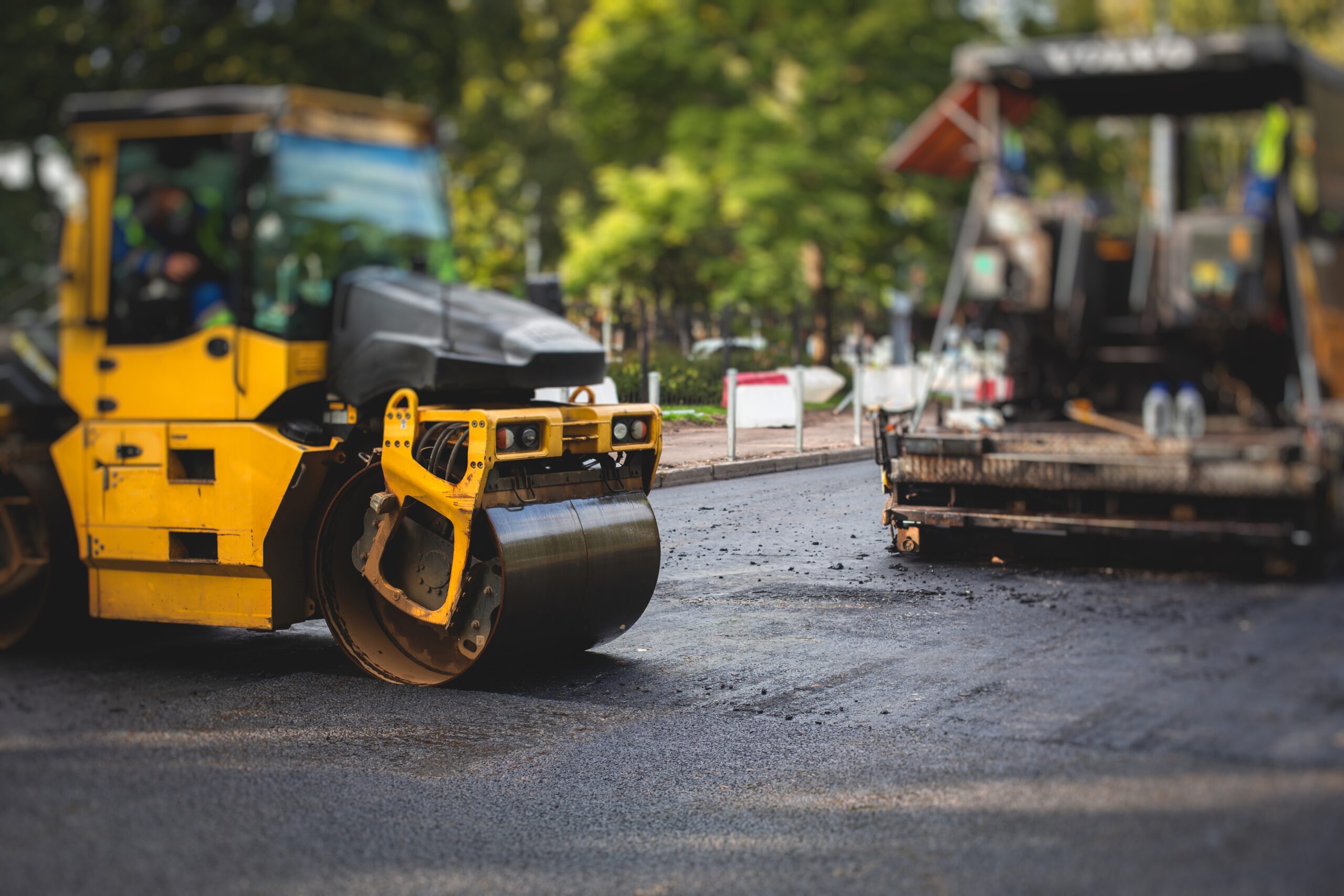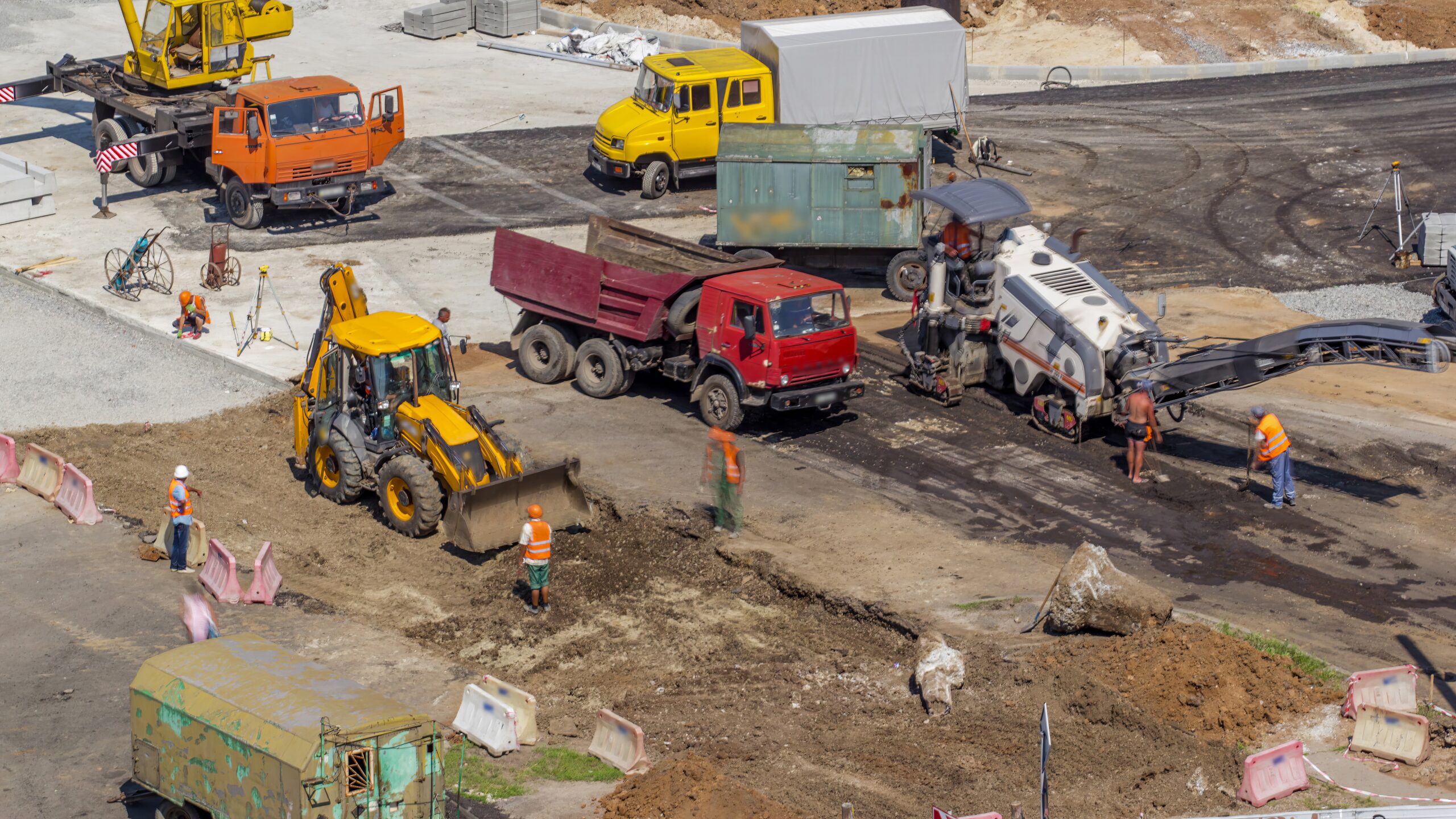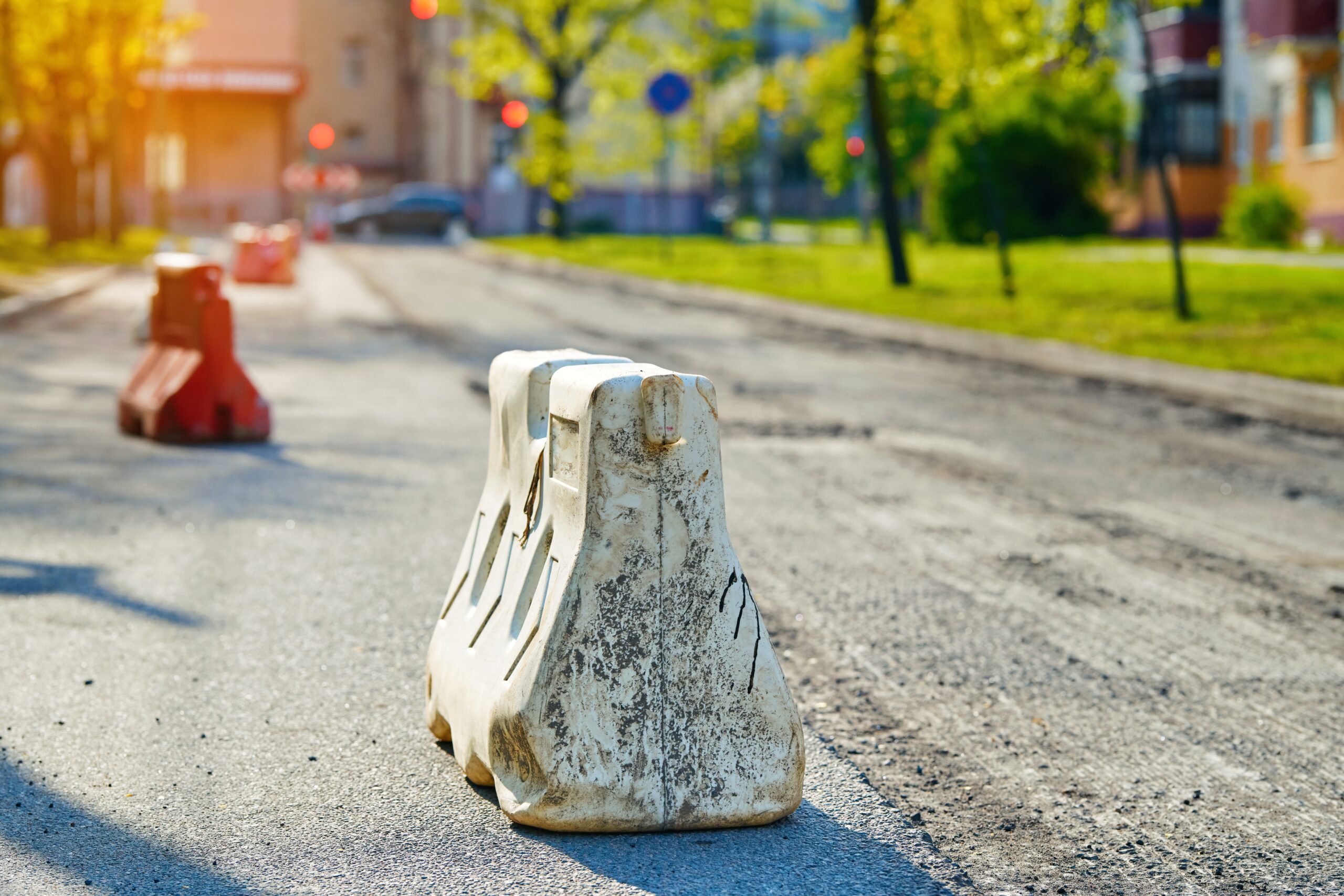
A newly resurfaced asphalt pavement is a critical asset, whether it’s a commercial parking lot in Colorado Spring, municipal roadway, or private driveway. The mill and pave process, also known as asphalt milling and overlay, effectively restores deteriorated surfaces by removing damaged layers and applying a fresh asphalt overlay, enhancing both structural integrity and curb appeal.
However, the longevity of your investment depends on how to maintain pavement after mill and pave. Without proper care, even a professionally executed resurfacing job can degrade prematurely due to environmental factors, traffic loads, and everyday wear. Implementing a comprehensive pavement preservation plan ensures maximum durability, reduces lifecycle costs, and minimizes the risk of early deterioration.
Understanding the Mill & Pave Process and Immediate Aftercare
Mill & pave is a preferred method for pavement rehabilitation for several reasons. It is a cost-effective alternative to complete pavement reconstruction, as it reuses the existing pavement structure, reducing material and labor costs.
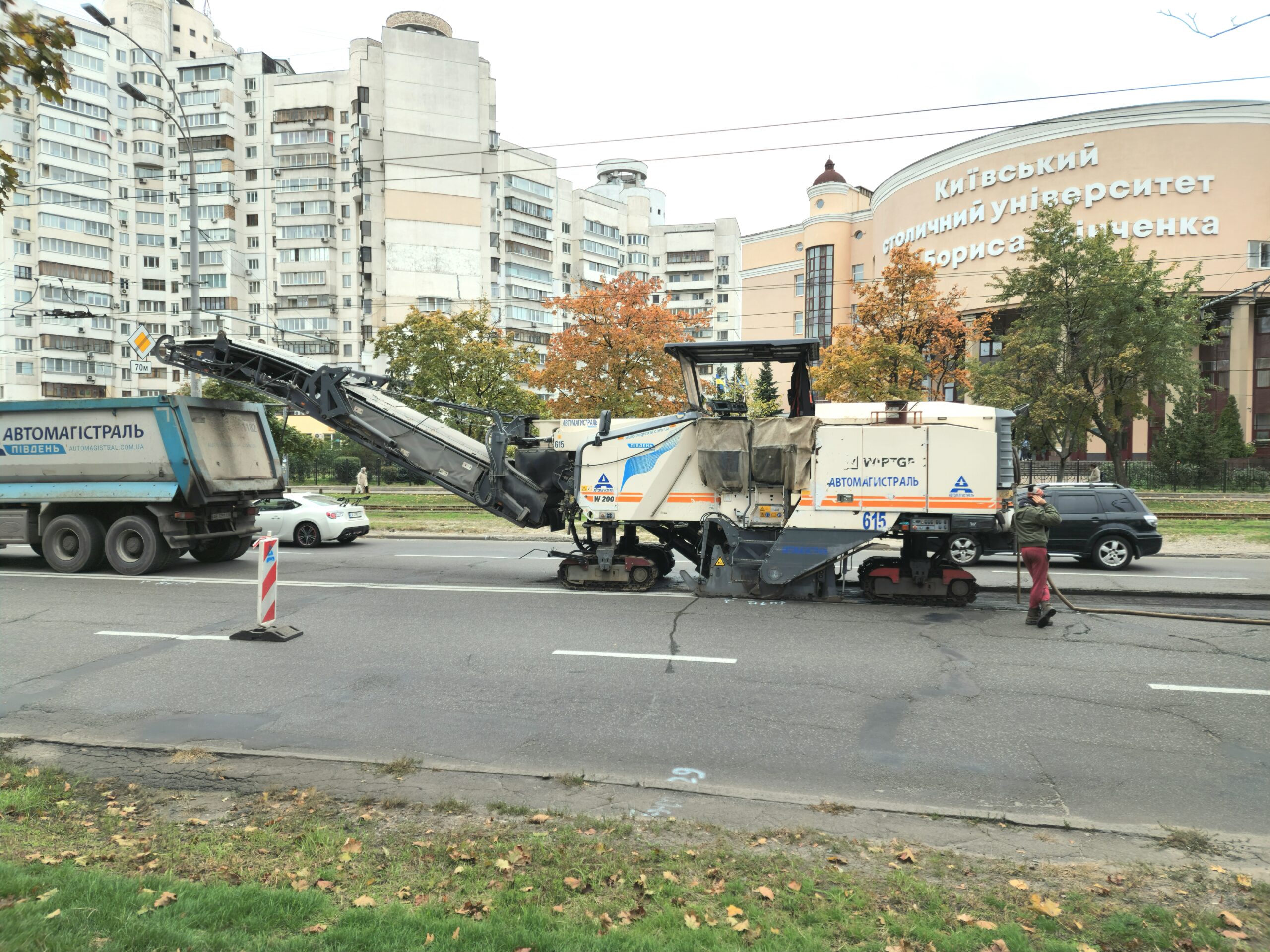
Furthermore, it is a relatively quick process, minimizing disruption to traffic and property access. Mill & pave is typically employed when the underlying pavement structure is still sound, but the surface layer exhibits signs your asphalt needs immediate repair due to factors such as age, traffic wear, environmental exposure, and water damage and drainage issues.
By addressing these surface issues and improving drainage, mill & pave effectively prevents the progression of pavement deterioration and restores the pavement’s functional and structural integrity.
First 48 Hours: Crucial Steps to Protect New Pavement
The first 48 hours after paving are critical for the curing and setting of the new asphalt layer. During this period, the asphalt is still pliable and vulnerable to damage. Taking precautionary measures during this initial phase is crucial for ensuring the long-term performance and appearance of your pavement.
Avoid Driving or Parking:
The most critical step is to strictly prohibit vehicular traffic, including driving and parking, on the newly paved surface for at least 24-48 hours, and preferably longer in hot weather conditions.
The heat and weight of vehicles can cause ruts, depressions, and surface distortions in the still-soft asphalt. Signage and barriers should be prominently displayed to clearly communicate this restriction to drivers and pedestrians.
Keep Heavy Loads Off:
Even after the initial 48-hour period, it is advisable to avoid placing heavy loads, such as construction equipment, delivery trucks, or parked trailers, on the new pavement for at least a week or two.
The underlying asphalt needs time to fully cure and gain its maximum strength and load-bearing capacity. Premature exposure to heavy loads can lead to structural weaknesses and premature failure of the pavement.
No Sharp Turns or Sudden Braking:
Once vehicular traffic is permitted, advise drivers to avoid sharp turns and sudden braking maneuvers, especially during the first few weeks.
These actions can exert shear forces on the new asphalt surface, potentially causing scuff marks, tire indentations, and surface damage. Gentle driving practices are essential during the initial curing phase.
Water Curing Considerations:
While the term “water curing” is more commonly associated with concrete, water can play a role in asphalt curing as well. In hot, dry climates, lightly misting the new asphalt surface with water can help to control the rate of cooling and prevent thermal cracking.
However, excessive watering or allowing water to pool on the surface should be avoided as it can hinder proper curing and potentially weaken the asphalt binder. Consult with your paving contractor in Colordado to determine if water curing is appropriate for your specific climate and choose the right asphalt mix.
.
Cleaning Your Pavement Properly
Regular cleaning is an often overlooked aspect of pavement maintenance, yet it plays a vital role in preserving the appearance and extending the lifespan of your asphalt surface. Accumulated dirt, debris, oil spills, and vegetation can not only detract from the aesthetic appeal of your pavement but also contribute to its deterioration over time.
Cleaning Frequency:
The frequency of cleaning will depend on factors such as traffic volume, environmental conditions, and the presence of nearby trees or landscaping.
For most pavements, weekly sweeping and rinsing are recommended as a baseline. High-traffic areas or pavements prone to debris accumulation may require more frequent cleaning, possibly daily sweeping in certain seasons.
Best Cleaning Methods:
- Sweeping: Regular sweeping with a soft-bristle broom is the most effective way to remove loose dirt, leaves, sand, and other debris from the pavement surface. This prevents the accumulation of materials that can trap moisture, promote weed growth, and contribute to surface abrasion. (Best Practices Handbook on Asphalt Pavement Maintenance)
- Rinsing: Periodically rinsing the pavement with water helps to remove finer dirt particles and stains. A garden hose with a spray nozzle is usually sufficient for most pavements. For larger areas or more stubborn stains, a low-pressure power washer can be used, but caution should be exercised to avoid damaging the asphalt surface with excessive pressure.
- Spot Cleaning: Address oil spills, grease, and other stains promptly. Absorbent materials like kitty litter or sawdust can be used to soak up fresh spills before they penetrate the asphalt. For older stains, specialized asphalt cleaners or degreasers may be necessary, but always test these products in an inconspicuous area first to ensure they do not damage or discolor the asphalt.
- Avoiding Harsh Chemicals: It is crucial to avoid using harsh chemicals, such as strong solvents, gasoline, or harsh detergents, to clean asphalt pavement.
These substances can dissolve or degrade the asphalt binder, leading to surface damage and premature deterioration. Opt for mild, environmentally friendly cleaning solutions specifically designed for asphalt surfaces, if necessary.
Long-Term Maintenance Strategies for Pavement Longevity
Seal coating is a vital preventative maintenance measure that significantly extends the life of asphalt pavement. It involves applying a protective coating over the asphalt surface, creating a barrier against environmental elements and wear and tear.
What is Sealcoating, and How Does it Protect Asphalt?
Sealcoating in denver is typically a coal tar or asphalt emulsion-based product that is applied in thin layers over clean, dry asphalt pavement. It acts as a shield, protecting the underlying asphalt from:
- Water Intrusion: Sealcoat fills surface voids and pores, preventing water from penetrating the asphalt and causing damage from freeze-thaw cycles and erosion of the subbase.
- Oxidation and UV Damage: Exposure to sunlight and oxygen causes asphalt to oxidize, leading to brittleness, cracking, and loss of flexibility. Sealcoat blocks UV rays and reduces oxidation, preserving the asphalt’s essential properties.
- Oil and Chemical Spills: Sealcoat creates a barrier against oil, gasoline, and other chemicals that can soften and dissolve asphalt.
- Wear and Tear: Sealcoat provides a durable surface that resists abrasion from traffic and weather, reducing surface raveling and wear.
When to Apply Sealcoating:
After a mill & pave, it is generally recommended to wait 3-6 months before applying the first seal coat. This allows the new asphalt to fully cure and release oils that might interfere with seal coat adhesion. Subsequent seal coating applications should be performed every 2-3 years, depending on traffic volume and environmental conditions.
Common Mistakes to Avoid in Pavement Maintenance
Avoiding common pavement maintenance mistakes is just as important as implementing proactive maintenance strategies. Here are some frequent errors to steer clear of:
- Ignoring Small Cracks and Potholes: Neglecting minor pavement defects is a common and costly mistake. Small cracks and potholes should be addressed promptly before they escalate into major problems requiring extensive and expensive repairs.
- Using Cheap Sealcoating Materials: Opting for low-quality or diluted sealcoating products can be counterproductive. Cheap seal coat may not provide adequate protection and may require more frequent re-application, ultimately costing more in the long run. Invest in quality seal coating materials from reputable manufacturers.
- Skipping Regular Cleaning: Neglecting regular cleaning allows dirt, debris, and contaminants to accumulate, accelerating pavement deterioration and detracting from its appearance. Consistent cleaning is a simple yet effective maintenance practice.
- Overloading Pavement: Exceeding pavement load-bearing capacity with heavy trucks or equipment can cause immediate and long-term structural damage. Adhere to weight limits and avoid overloading the pavement, especially during the initial curing phase after paving.
Frequently Asked Questions
How soon can I drive on a newly paved surface?
Typically, you should wait 24-48 hours after paving before driving on a newly paved surface. Hot weather may require a longer curing time.
How often should I seal coat my asphalt pavement?
Seal coating should be applied every 2-3 years for optimal protection, depending on traffic volume and environmental conditions.
What’s the best way to remove oil stains from pavement?
Use oil-absorbing materials like kitty litter, sawdust, or commercial oil absorbents to soak up fresh spills. For older stains, try asphalt degreasers, but test in an inconspicuous area first.
Can I use rock salt on my asphalt in winter?
Rock salt can be used sparingly, but calcium magnesium acetate (CMA) or calcium chloride are safer alternatives for asphalt as they are less corrosive.
The Importance of Post-Paving Care
A mill and pave treatment offers a fresh start for your pavement, but its long-term success hinges on proper maintenance. Just like any significant investment, your newly paved surface requires attention and care to ensure it lasts for years to come.
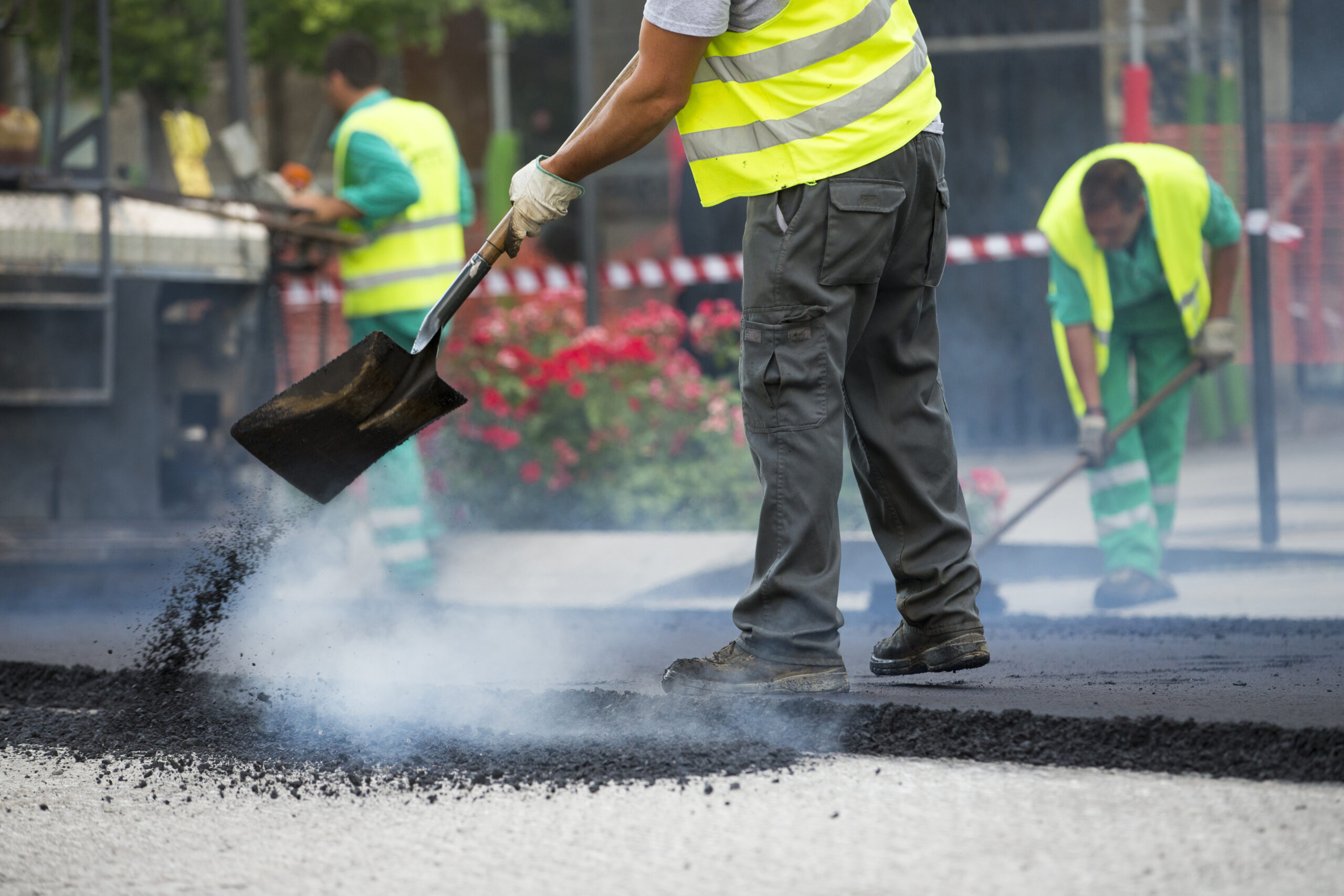
Neglecting maintenance can lead to premature deterioration, costly repairs, and a diminished aesthetic appeal. By understanding and implementing these expert tips, you can safeguard your investment and enjoy a smooth, durable pavement for an extended period.
Ready to maximize the lifespan of your newly milled and paved asphalt? Contact Asphalt Coatings Company today for expert seal coating services and personalized maintenance plans!

